Small trees and shrubs, such as berry-producing varieties, are magnets for birds like the American Robin, Bluebird, Mockingbird, Blue Jay, Goldfinch, House Finch, and Northern Cardinal, providing them with essential food sources and nesting opportunities.
Birds, with their captivating songs and vibrant plumage, add charm and liveliness to any outdoor space. To attract these feathered friends to your garden, it’s essential to understand what they’re looking for in trees and shrubs.
Many birds rely on trees and shrubs for various purposes throughout their lives. When selecting plants, they prioritize:
Food: Many birds rely on trees and shrubs providing food such as berries, insects, caterpillars, and seeds. Plants that produce abundant, nutritious fruits are particularly attractive to birds.
Cover and Protection: Dense foliage and branching structures offer birds shelter from harsh weather conditions, predators, and disturbance. Evergreen trees and shrubs provide year-round cover, while deciduous varieties offer seasonal protection.
Nesting Sites: Birds seek out trees and shrubs with suitable nesting sites, such as dense foliage, sturdy branches, or cavities for nesting and roosting. Providing a variety of plant structures can accommodate different nesting preferences.
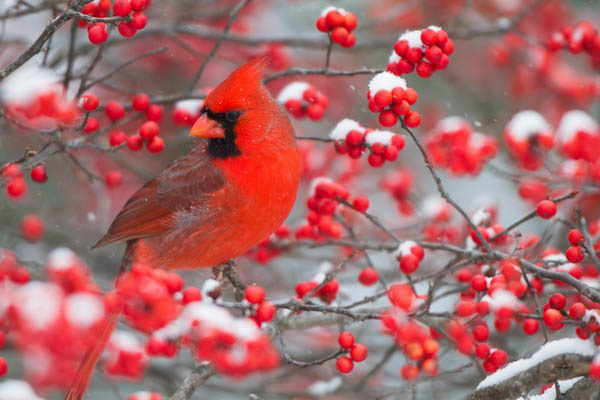 |
Northern Cardinal (Cardinalis cardinalis) |
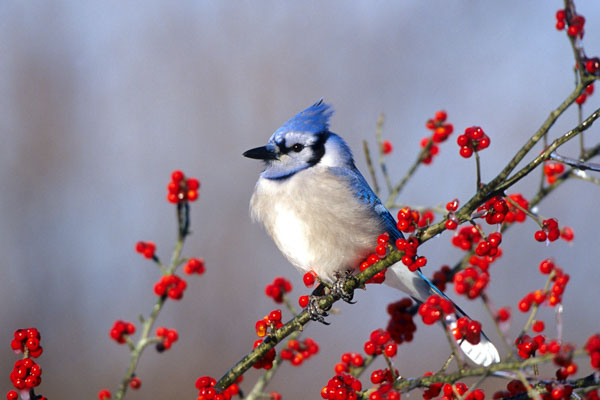 |
Blue Jay (Cyanocitta cristata) |
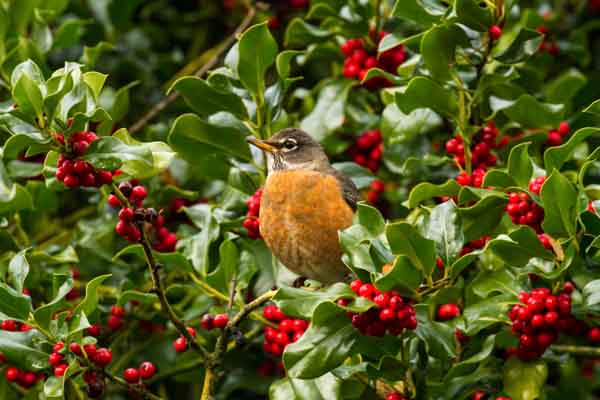 |
American Robin (Turdus migratorius) |
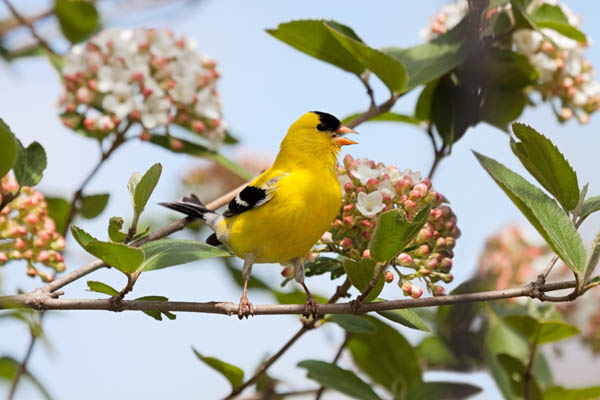 |
American Goldfinch (Spinus tristis) |
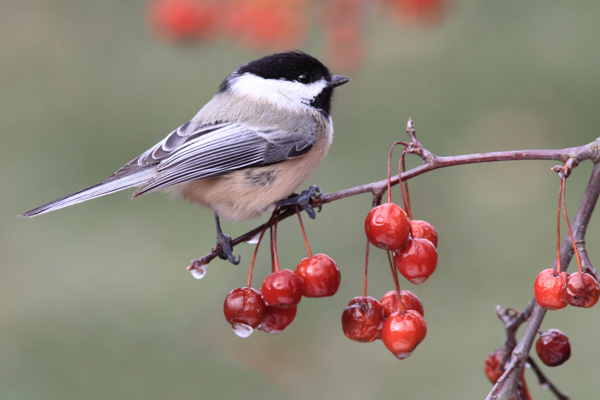 |
Black-capped Chickadee (Poecile atricapillus) |
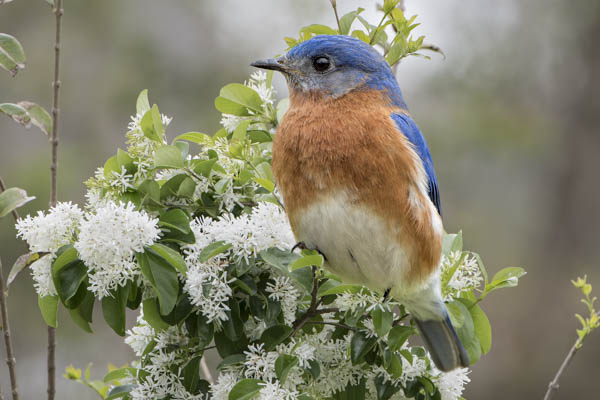 |
Eastern Bluebird (Sialia sialis) |
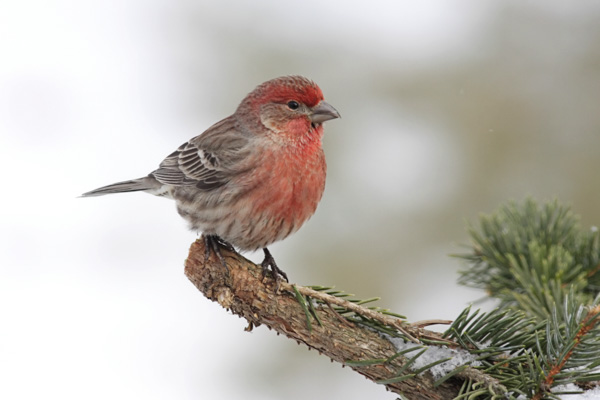 |
House Finch (Haemorhous mexicanus) |
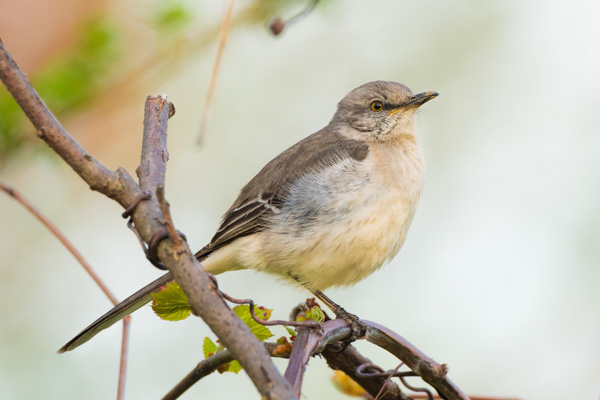 |
Northern Mockingbird (Mimus polyglottos) |
Incorporating a diverse array of small trees and shrubs that provide food, cover, and nesting sites can transform your garden into a bird haven. Whether you’re drawn to the beauty of berry-laden branches or the bustling activity of insect-rich foliage, creating a bird-friendly landscape benefits both your feathered visitors and the ecosystem.
Create a membership account to save your garden designs and to view them on any device.
Becoming a contributing member of Gardenia is easy and can be done in just a few minutes. If you provide us with your name, email address and the payment of a modest $25 annual membership fee, you will become a full member, enabling you to design and save up to 25 of your garden design ideas.
Join now and start creating your dream garden!
Create a membership account to save your garden designs and to view them on any device.
Becoming a contributing member of Gardenia is easy and can be done in just a few minutes. If you provide us with your name, email address and the payment of a modest $25 annual membership fee, you will become a full member, enabling you to design and save up to 25 of your garden design ideas.
Join now and start creating your dream garden!